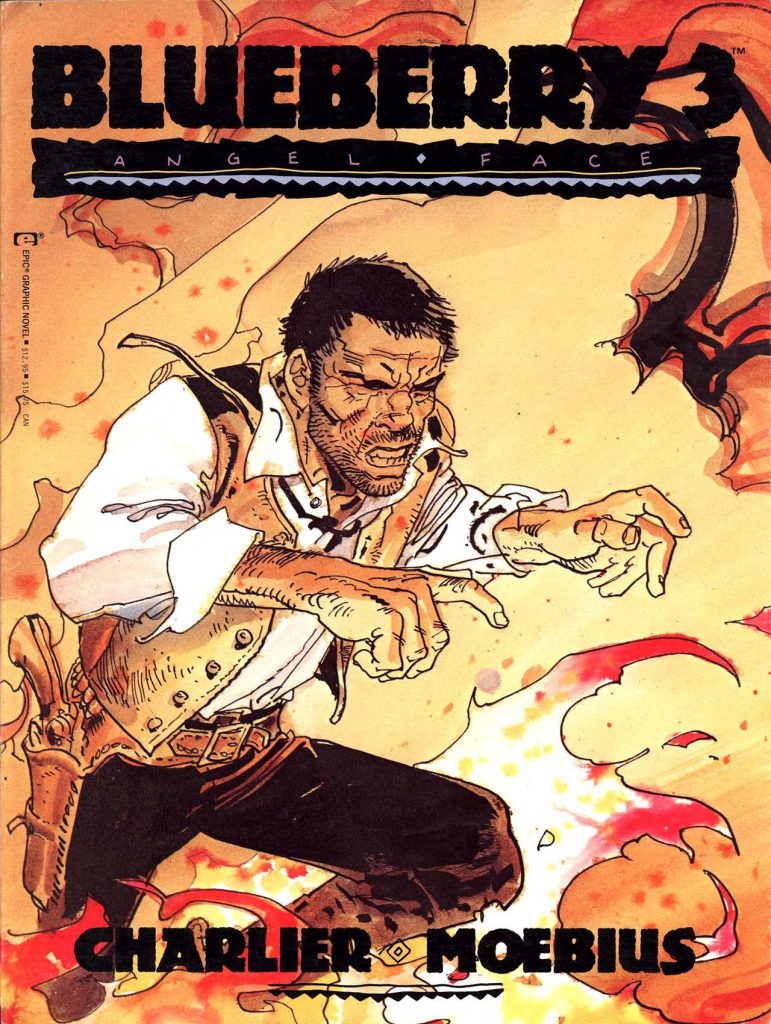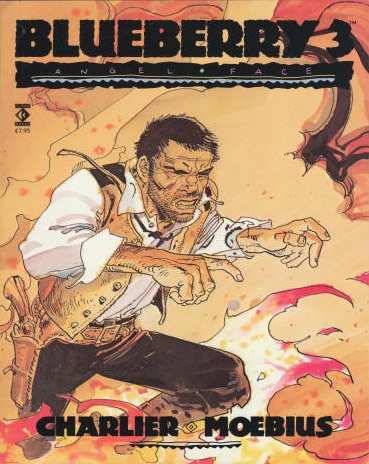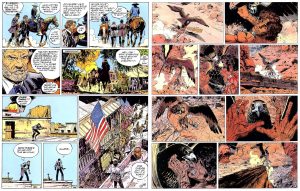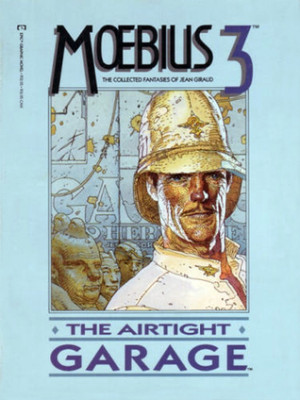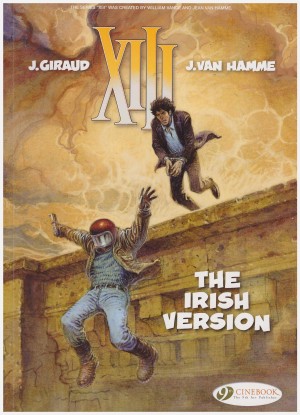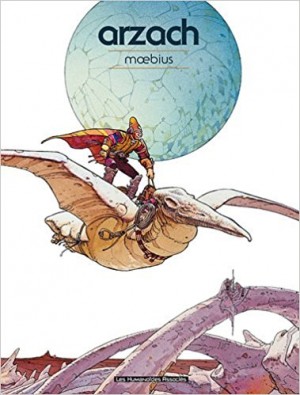Review by Frank Plowright
Since being co-opted into a search for some missing money required a faked transformation into a wanted man, Lt Mike Blueberry’s life has descended into hell. Now with his reputation shredded and at rock bottom, Blueberry has been identified as the ideal patsy to take the blame for assassinating the President. That fails early in the book, but Blueberry is associated with for the attempt, and the title story is a clever piece of writing that for once keeps Blueberry in the same location. His problems are twofold, prioritising his own safety as the army carry out a house to house search, and simultaneously preventing a second attempt to kill the President.
Charlier’s plot is interesting not only for being meticulously pieced together, but for being one of the few plots in the series not contingent on Western tropes. Without a lot of changes it’s transferable to the modern era, as a horror or crime piece. He lets us eavesdrop on the machinations of the villains to increase the suspense, so we don’t share Blueberry’s puzzlement as to how the proposed second assassination will occur.
‘Angel Face’ was the first Blueberry story drawn after Jean Giraud developed his Moebius alter-ego, and this is apparent in the art. The panels aren’t as busy as in previous books, the viewpoints are often closer, and there are fewer of them per page. The colouring is also flatter and more effective. Four years would elapse before Giraud started work on ‘Broken Nose’, and that’s a conscious attempt to work his way back into the previous series style. There’s still more space for the art to breathe, the story broken down using fewer panels per page than previous books, some wordless sequences, but the busy look to the content of the panels returns.
Just as the art again has a greater density to it, so does the plot, with Charlier returning to the incorporation of historical events, settling on the trouble being stirred with the Apache people in the hopes of evicting them from their land. It occurs a year after the conclusion of the previous story, when Blueberry had been presumed dead by most, yet there are rumours of a white man named Broken Nose advising the Apache, and they’ve certainly been successful with some audacious raids. There’s the full complement of excitement, but as much as anything it’s a set up for the following story ‘The Long March’, which opens The Ghost Tribe.
